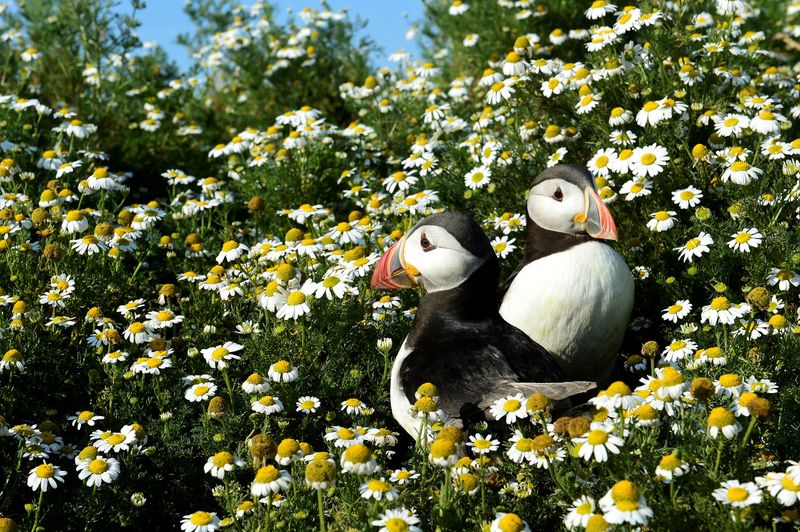Will the UN Summit help nature?
2022.12.06 03:38
[ad_1]

Will the UN Summit help nature?
Budrigannews.com – A crucial U.N. nature conference is taking place in Montreal on Tuesday, with nations hoping to broker a new global agreement to safeguard Earth’s remaining wildlife and natural areas.
The goal of the two-week summit, known as COP15, is to reach a deal that guarantees that there will be more “nature” in 2030, which includes healthy ecosystems, animals, and plants. Under the U.N. Convention on Biological Diversity (CBD), however, all 196 governments will need to agree on how this progress is pursued and measured.
“How do you turn “nature positive” into a real, measurable term?” “One of the co-chairs of the group in charge of drafting the agreement, Basile van Havre, stated.” Through the development of the new objectives, we are accomplishing this.”
The summit was scheduled to begin on Wednesday and last until December 19, with over 10,000 attendees, including activists, scientists, and government officials.
The talks come after years of negotiations and requests from businesses and environmentalists to both safeguard natural resources and put an end to what scientists call the sixth mass extinction.
At a rate not seen in 10 million years, more than 1 million species are in danger of extinction. A 2022 U.N. Global Land Outlook assessment states that as much as 40% of Earth’s land surfaces are deemed degraded.
Eva Zabey, executive director of Business for Nature, a global coalition of businesses and conservation groups, stated, “We need governments to adopt a clear and urgent mission to halt and reverse biodiversity loss by 2030.”
Zabey called for “an ambitious, clear, and enforceable international agreement” similar to the Paris Agreement on climate change, like many other campaigners. We cannot afford to waste Montreal’s potential historic moment.
The U.N. biodiversity talks, held at regular intervals, stand out as the world’s super natural concentration – the yearly U.N. chats on environmental change. However, there is a growing awareness that nature preservation and climate change control go hand in hand.
Seagrass beds and forests are examples of healthy ecosystems that are essential to halting global warming. At the same time, rising global temperatures pose a growing threat to numerous ecosystems and species that are unable to quickly adapt or relocate to cooler regions.
By 2030, the United Nations wants all nations to pledge to conserve at least 30 percent of their land and sea areas, also known as the “30-by-30” goal. As of right now, only about 17% of the world’s land and less than 8% of the world’s ocean are protected in some way.
The elimination of $500 billion in subsidies for activities that harm nature and a further 22 potential targets are also being considered.
However, negotiators stated that the draft agreement still contains numerous bracketed phrases, indicating a lack of agreement and ongoing discussion on hundreds of points. Some of hardest regions incorporate how to guarantee unfortunate countries will have the subsidizing expected to reestablish debased regions, whether to incorporate endeavors to control environment warming discharges, and whether to force a cutoff time for progressively getting rid of pesticides.
Due to the fact that some nations possess vast land or ocean areas teeming with wildlife while others do not, the details of the 30-by-30 goal become complicated.
Sue Lieberman, vice-president of international policy at the non-profit Wildlife Conservation Society, stated, “There’s a lot that’s not agreed.” Being an extremely difficult process is going.”
In contrast to the U.N. environment talks, Montreal’s highest point will see not many world pioneers, which moderators say could make it harder to agree.
His government stated that Canadian Prime Minister Justin Trudeau intends to attend a portion of the summit.
China was because of hold the highest point in the city of Kunming, yet delayed the occasion multiple times from its unique date in 2020 because of Coronavirus prior to consenting to hold the discussions in Montreal.
In the meantime, the Palais des congrès, the downtown summit venue, is surrounded by a fence that is three meters (10 feet) high and Montreal police are getting ready for the thousands of student protesters who are expected to crowd the streets of Montreal to demand a strong agreement to protect nature.








